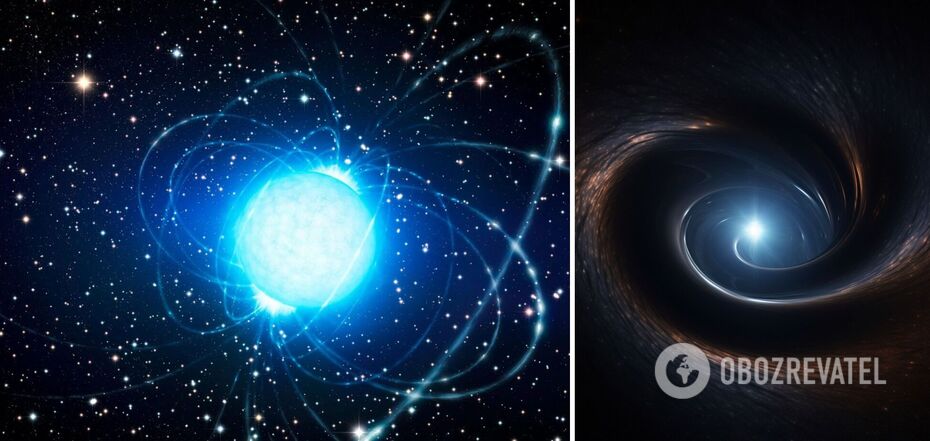Life
Scientists have discovered the possible location of dark matter concentration - and it doesn't bode well
Scientists have plenty of indirect evidence but literally zero substantial evidence about the mysterious dark matter, though looks like it can accumulate in the cores of dead stars. By studying its invisible influence, scientists expect to learn more about what dark matter is and how it works.
This is what paper published on the arXiv preprints website says. The theory unveiled there must be evaluated by the scientific community.
Dark matter is believed to exist in the entire universe but is completely invisible to observations. There is a lot of evidence in favor of its existence. In particular, its influence on the visible things around it.
For example, researchers can see that stars are spinning inside galaxies faster than they should be based on visible matter only. Galaxies are also moving inside clusters much faster than they should too.
In addition, the light of the early universe has a unique imprint that cannot be created from the ordinary matter that fills the space.
It all suggests that the vast majority of matter in the universe has an unknown, invisible form that does not interact with light.
The authors of the article, Queen's University astrophysicist Joseph Bramante and theoretical physicist Nirmal Radj of the Indian Institute of Science, believe physicists can learn more about dark matter by observing how it behaves under intense gravity.
Black holes have the highest gravity, so they obviously accumulate quite a bit of dark matter, but since they don't even let the light go out, studying anything due to them is a waste of time.
Another powerful source of gravity are neutron stars, which are the burned-out cores of dead massive stars. Because dark matter has mass, it has its own gravity - but it can also be affected by the gravity of other matter, so if dark matter passes close to a neutron star, it should be sucked into the core just like ordinary matter.
Bramante and Radj argue that there are several ways that dark matter entering a neutron star can manifest itself.
The invisible mass of dark matter can change the rotational speed of a neutron star, as equally as it does with galaxies.
Scientists believe that if astronomers can measure neutron stars accurately enough, they could detect a star spinning faster or changing speed more often than it should. This would be the clue about explaining the accumulation of dark matter deep inside the dead star.
They also suggest that such an accumulation of dark energy does not bode well for a neutron star. Dark matter particles can collide with each other, releasing energy, which means that such energy could trigger a thermonuclear reaction that would eventually blow up the neutron star, according to Bramante and Radja.
How exactly such a buildup works and what the consequences would be scientists still don't know, but they hope that the observings of what happens to neutron stars could help them with this question, as well as suggest the connection between dark matter and the rest of the universe.
Earlier OBOZREVATEL also told about the fact that astronomers were puzzled by a super-powerful double explosion in the early universe, which lasted 17 minutes.
Subscribe to OBOZREVATEL channels in Telegram and Viber to be aware of the latest events.



























